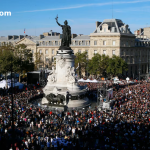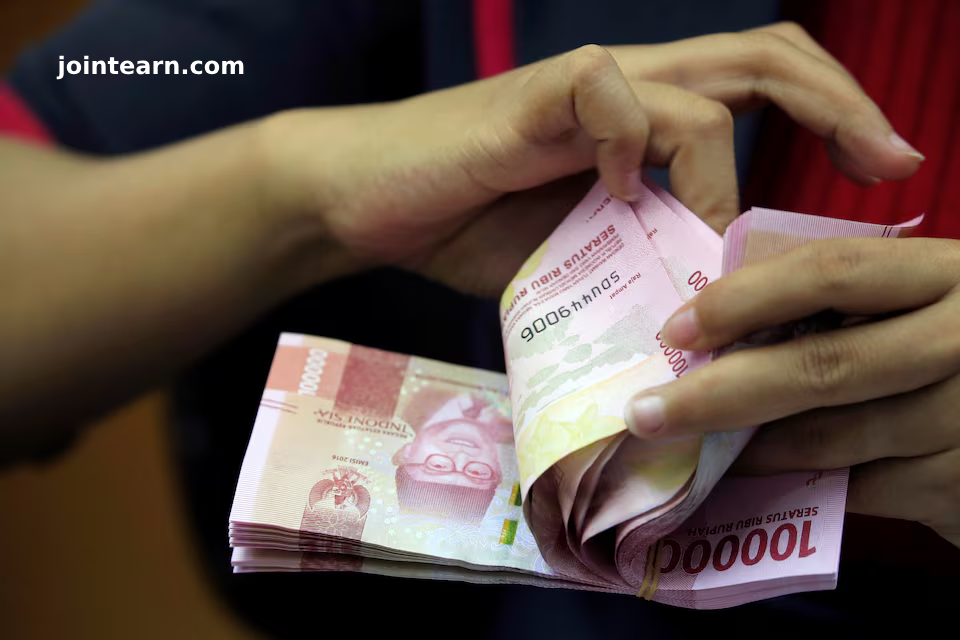Asian stock markets saw modest gains Thursday, with many regional markets closed for the Labor Day holiday. This followed a strong rebound in U.S. stocks, which recovered from steep losses earlier in the week, marking a seventh consecutive day of gains.
U.S. Economic Uncertainty Weighs on Global Sentiment
Despite the positive performance in Asia, uncertainty surrounding President Donald Trump’s trade war with China continues to dominate investor sentiment. The ongoing trade conflict remains a key focus for markets, particularly as it pertains to potential impacts on the U.S. economy.
Japan’s Nikkei 225 Surges
Japan’s benchmark Nikkei 225 index rose 1.1% to 36,447.26 points in afternoon trading. The Bank of Japan had kept its interest rates unchanged earlier in the day, amid growing concerns about the trade tensions and their potential consequences for the Japanese economy.
Australia’s S&P/ASX 200 Shows Modest Gains
Australia’s S&P/ASX 200 edged up by 0.2%, closing at 8,145.60. The index followed a similar pattern of modest gains seen across other markets in the region.
U.S. Stock Market Rebound After Early Losses
On Wednesday, U.S. markets saw a dramatic reversal. The S&P 500 closed up by 0.1% at 5,569.06, extending its winning streak to seven days. The Dow Jones Industrial Average rose 0.3%, ending at 40,669.36, while the Nasdaq Composite saw a slight dip of 0.1% to 17,446.34.
This recovery followed a volatile start, with both the S&P 500 and the Dow experiencing significant drops earlier in the day. A report showing that the U.S. economy may have contracted in the first quarter of the year raised concerns among investors. The report suggested that importers rushed to bring in goods before tariffs could push prices higher, which impacted the U.S. gross domestic product (GDP).
Economic Concerns: Stagflation Fears
The weak economic data raised fears of “stagflation,” a scenario in which the economy stagnates while inflation remains high. Economists are particularly concerned because the Federal Reserve (Fed) has limited tools to address both inflation and economic stagnation simultaneously. Adjusting interest rates to curb inflation could worsen economic growth, while cutting rates to boost the economy could lead to higher inflation.
However, a positive report on inflation later in the day provided some relief. The Fed’s preferred inflation measure, the Personal Consumption Expenditures (PCE) index, showed a slowdown to 2.3% in March, down from 2.7% in February. This helped alleviate some concerns and contributed to the stock market’s recovery.
Employment Data and Trade War Concerns
Other economic reports, including the ADP job market data, showed weaker-than-expected job growth in April. This has added to concerns about the overall health of the U.S. economy, which has relied on a strong job market to remain stable. A more comprehensive report on job growth is set to be released on Friday.
The uncertainty surrounding Trump’s trade policies continues to rattle markets. The president’s inconsistent approach to tariffs has contributed to volatility in global financial markets, including the U.S. stock market, bonds, and currency markets.
U.S. Stock Market Volatility
The swings in U.S. stock markets were particularly notable in April, with the S&P 500 briefly dipping nearly 20% below its all-time high earlier in the year. Despite these fluctuations, the S&P 500 ended April with a relatively mild decline of just 0.8%, far less severe than the sharp drop in March. The index remains 9.4% below its record high.
Bond Market and Commodities
In the bond market, Treasury yields continued to decline, reflecting investor expectations that the Fed will lower interest rates in response to weaker economic data. The yield on the 10-year Treasury eased to 4.17% from 4.19%.
In early Thursday trading, U.S. benchmark crude oil saw a slight decline, falling 10 cents to $58.11 per barrel, while Brent crude dropped 4 cents to $61.02 per barrel. The U.S. dollar strengthened against the Japanese yen, rising to 144.18 yen from 143.06 yen, while the euro slipped to $1.1304 from $1.1331.












